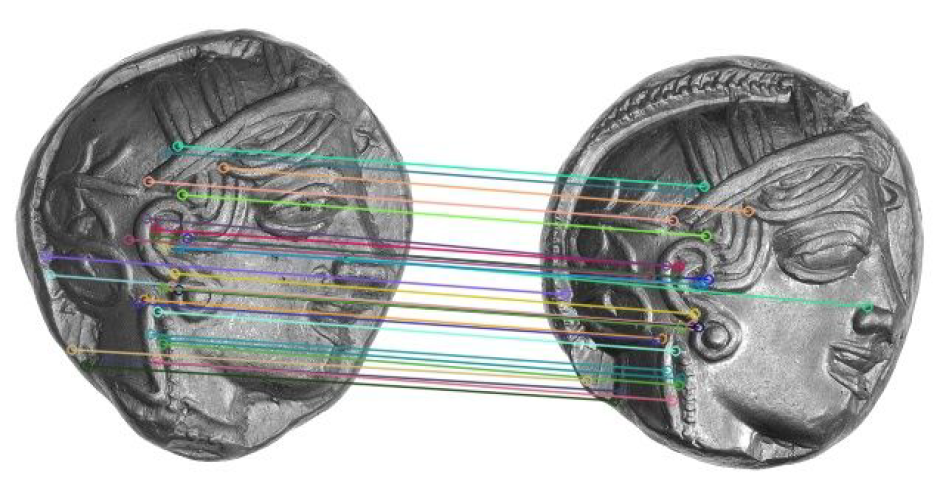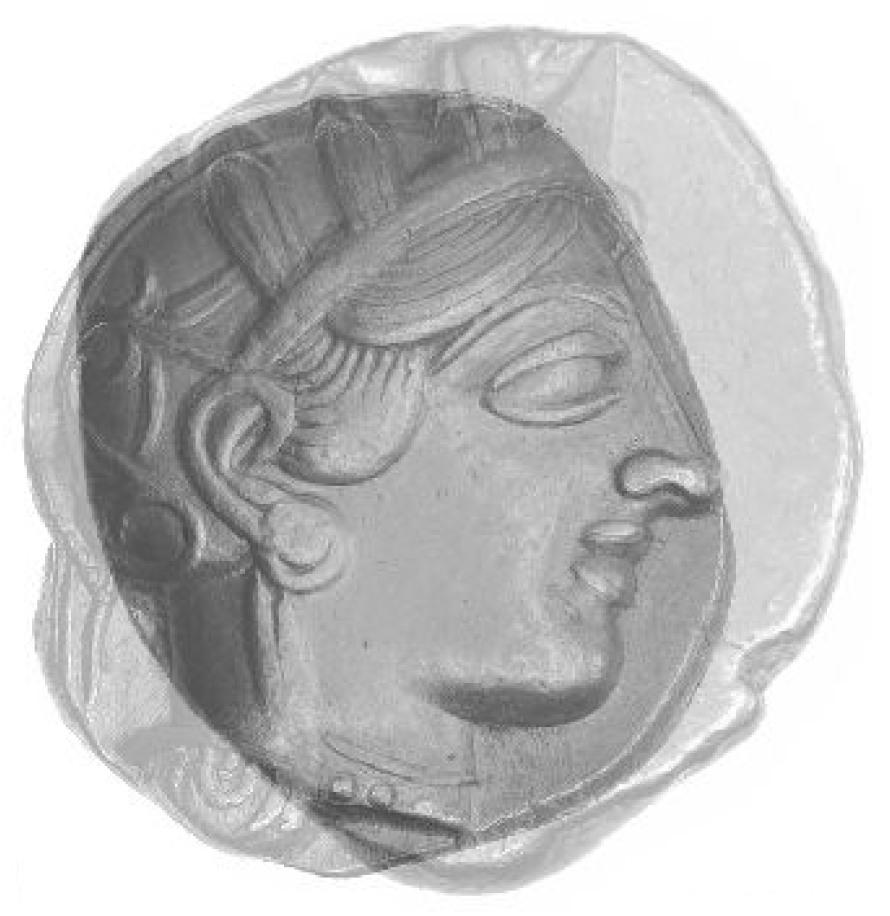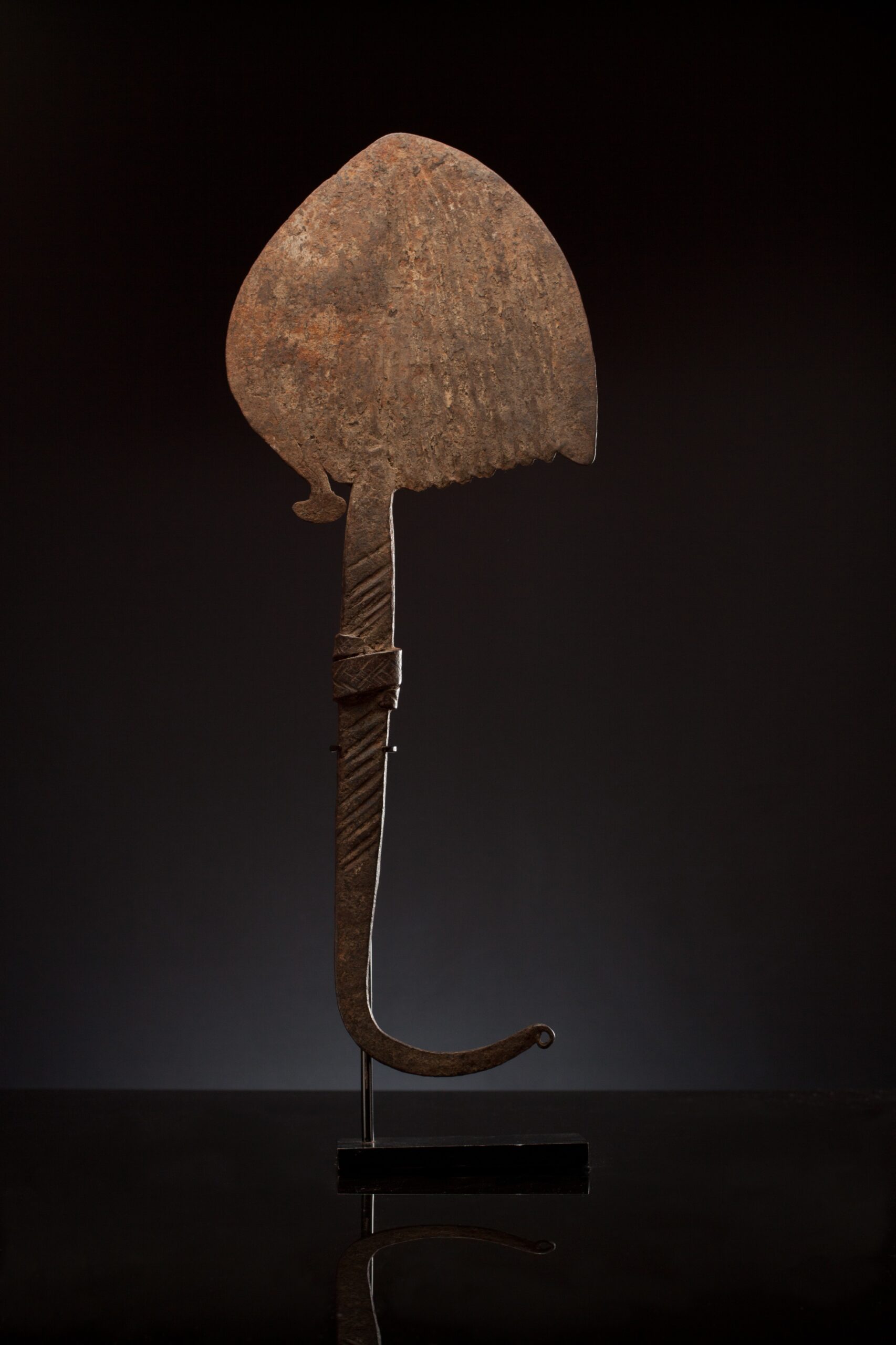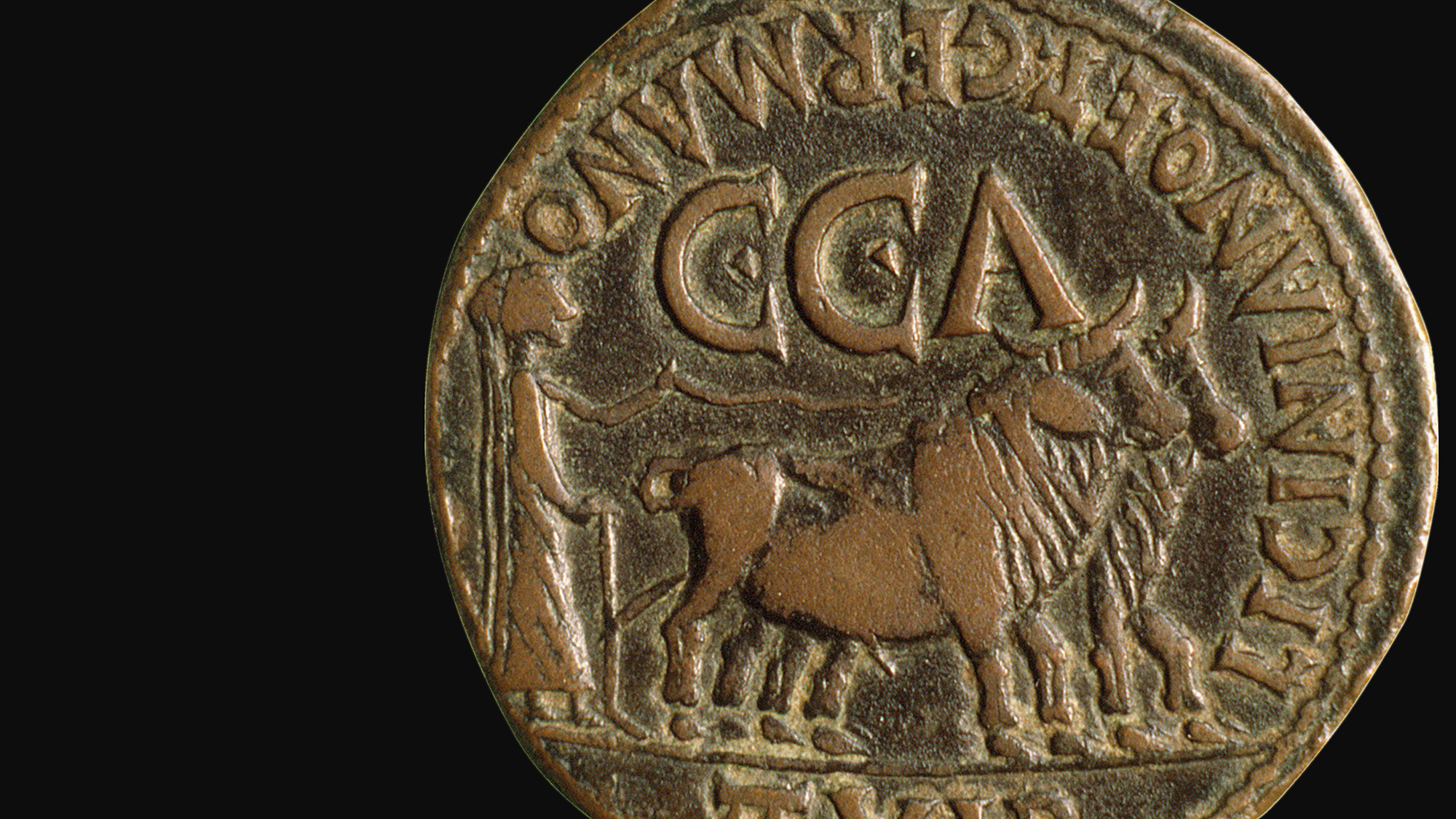The Computer Aided Die Studies Program
Coins first appeared in the western world some 2,700 years ago. During most of this long history, coins were entirely handmade. The metals were excavated and smelted by hand; the coin blanks were manufactured by hand; the dies were engraved by hand; and the coins were struck by hand. Their use as monetary instruments required that coins be standardized, but because coins were handmade each individual coin differed in some way from all the others produced at roughly the same time: the alloys would differ from batch to batch depending on the metal sources; individual weights within a single batch would vary; dies would wear and be recut; or different obverse and reverse die combinations would be used. Of the billions of handmade coins produced over the centuries, only a very small proportion of them remain today. The detailed study of every existing coin thus helps us to piece together the bigger picture of a state’s fiscal and monetary policies, particularly the decisions made about how many coins to strike in a given year, in which denominations, and in which alloys. Detailed study also helps us to understand how mints operated as both government institutions and factories, how they developed organizational structures and production processes to meet demand.
For numismatists working on ancient Greek coinage particularly die studies of individual series remain the hallmark of our contributions to our overall understanding of ancient monetary systems. But to complete a die study, especially on larger issues, is a mind-numbingly difficult task, requiring not just the laborious and time-consuming gathering from a multitude of sources of images or casts of all known specimens, which can number in the thousands, but also the tedious and arduous task of comparing the images to find examples struck from the same die(s). The largest die study of ancient Greek coinage completed to date, Wolfgang Fischer-Bossert’s study of the didrachms of Tarentum included roughly 8,000 coins. This monumental undertaking cost Fischer-Bossert nearly a decade of his life and a good deal of his eyesight to complete. To try to tackle a die study the size of the late 5th c. Athenian “owl” coinage, of which ca. 60,000 coins probably exist today, would undoubtedly take a lifetime.
It has long been recognized that developing a computer program to do much of the heavy lifting for die studies is something we all would readily welcome to help us speed smaller die studies along and to allow enormous die studies projects like that for late 5th c. Athenian owls to have a shot of actually being completed. The technology for such a program certainly exists today and a number of individuals in the numismatic community have been attempting to develop such a tool. At the ANS, our late colleague Richard (Rick) Witschonke took it upon himself to privately fund the development of what he called CADS: Computer Aided Die Study Program. During the last three years of his life (2013–2015), he worked closely with Huapeng Su to develop CADS, which he hoped to make a freely available, open source program to aid numismatic research. By the time Rick died in early 2015, CADS was functioning well with certain types of coinage, but still required further work to make it fully operational across a broad spectrum of numismatic material. It was Rick’s hope that the ANS would be able to find the funding to complete the work on CADS.
Happily, Prof. Josiah Ober of Stanford University has now stepped up, generously donating $10,000 of his research funds to the ANS to see a beta version of CADS released by the end of this year. Ober’s interest in this project stems from his attempts to find ways to quantify economic performance in the ancient Greek world, demonstrated, for example, in his most recent book The Rise and Fall of Classical Greece (Princeton 2015) and in the launch of the POLIS website. What we can learn about the production and consumption of coinage has the potential to play a key role in gauging ancient economic performance, but only if we can generate quantifiable data through die studies and hoard studies. Currently, only about 15–20% of all possible die studies for ancient Greek coinage have been completed, meaning we still have a long way to go before we have significant and comparable data sets. It is our hope that with the launch of CADS, we can initiate a new era of numismatic studies, in which other digital tools like OCRE and PELLA can provide the assemblage of raw numismatic material for a series or type that a program like CADS will then use to produce die studies in a matter of hours rather than weeks, months, or even years.






